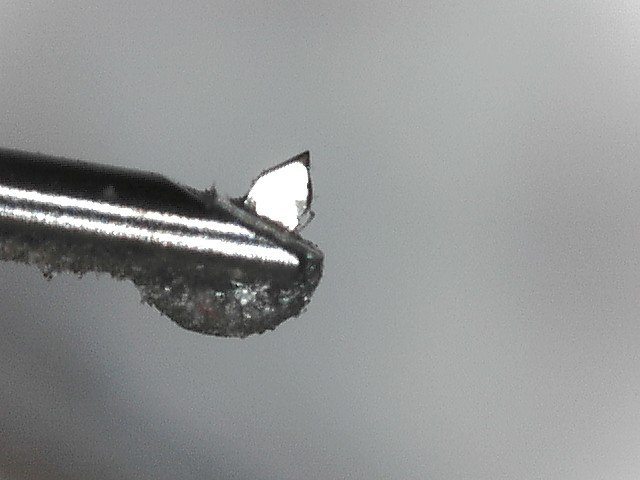Forgive me if this is covered elsewhere but I can't find it if it is. This is my Koetsu Blue Lace with probably a few hundred hours on it. I know it won't last forever but it costs several $1000 to have it rebuilt so I don't want to do it before it needs it.
at what point is it worn down enough it should be rebuilt?
I tried to use a timer so maybe go by hours but that was fruitless as I kept forgetting to start it and stop it

at what point is it worn down enough it should be rebuilt?
I tried to use a timer so maybe go by hours but that was fruitless as I kept forgetting to start it and stop it








